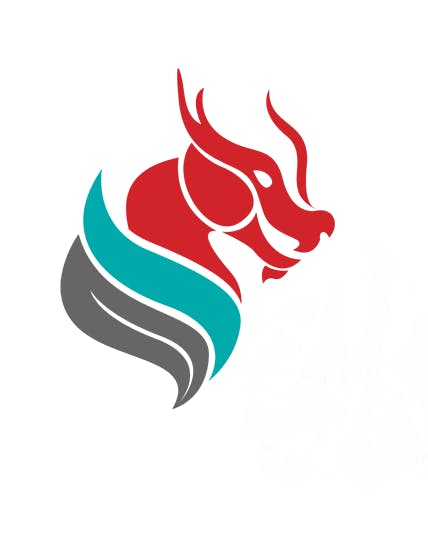Salt Pan Creek Corridor - Help us plan for the future
Consultation has concluded
Georges River Council has partnered with the City of Canterbury Bankstown to develop an overarching plan for the Salt Pan Creek Corridor.
A Spatial Framework document is being prepared for Salt Pan Creek Corridor as a result of the Sydney Green Grid Framework. This is the second online community consultation for Salt Can Creek Corridor, the first being in October and November 2020. Since then we have incorporated the feedback received as we developed the draft spatial framework.
BACKGROUND
The Salt Pan Creek Open Space Corridor links Bankstown to the Georges River and is surrounded by the suburbs of Lugarno, Peakhurst, Riverwood, Punchbowl, Bankstown, Padstow and Padstow Heights. It is an important open space corridor for the region, with important ecological communities, mangroves, wetlands, recreational facilities and walking and cycling trails on both sides of the creek. The project aims to strengthen the connection between Bankstown CBD and Salt Pan Creek, improve trails and recreational opportunities surrounding adjacent development uplift, improved bridge crossings and connections to urban centres including Bankstown, Punchbowl, Riverwood, Padstow, Peakhurst and Lugarno.
PROJECT DESCRIPTION
The purpose of this project is to develop a Spatial Framework/Masterplan for the Salt Pan Creek Green Grid corridor, creating opportunities to provide an open space link for ecological and social benefit. This Framework will support strategic decision making, enabling a long term vision and implementation strategy to deliver the Salt Pan Creek green grid corridor.
The objectives of the Spatial Framework are to:
- Set out a vision for the corridor as part of the wider Green Grid network.
- Establish a statement of aims and objectives for the Corridor through consideration of wider public space context that will help to define the function and purpose for the corridor.
- Consider the regional context of the Green Grid and determine how this corridor fits into the wider context with consideration of current strategic planning, current and future connections.
- Identify, describe and provide preliminary estimates of probable costs for catalyst projects that are either key to unlock green grid potential or required to resolve key open space deficits.
- Provide recommendation on corridor governance, opportunities for collaboration, funding, maintenance and implementation staging.
The Metropolitan Greenspace Program 2018/19 Guidelines provide the key stages of Spatial Framework development, and identify the milestones that need to be met as part of this project.
The Spatial Framework proposes a series of projects for delivery over the next 20 years to support the needs of the growing community and promoting sustainability. These projects are shown on the overall PROPOSED PROJECTS PLAN below, with 3x CATALYST PROJECTS selected for further development.
PROPOSED PROJECTS PLAN
The below plan illustrates the proposed projects for delivery over the next 20 years for Salt Pan Creek Corridor.
Each project features a text description and is defined by categories being Connectivity, Open Spaces, Water Quality, Biodiversity, Wayfinding and Culture.
Please click here for a Proposed Plan download if required, or alternatively view the plan below.

CATALYST PROJECTS
Three projects have been identified as important to deliver first as they will allow access across the creek and new pathways around Salt Pan Creek Reserve & Riverwood Park. These three projects are known as Catalyst Projects which are shown with indicative concepts to gain community feedback.

Catalyst Project 1: Ruse Park Reuse
New open space uses for Ruse Park including fitness stations and complementing existing uses such as investigating the potential for more training fields. New facilities and expand existing playground to the southern end of Ruse Park. Relocating existing train track (potentially to another more suited park). Improve shareway access into Ruse Park from Salt Pan Creek Corridor. Opportunity for a Cultural Educational Project with accompanying online resources.
Please click here for Concept Plan and Montage download.
Catalyst Project 2: Creek Crossing
New pedestrian and cyclist bridge crossing at narrow creek width adjacent to existing sewer aqueduct. Install new litter boom to capture rubbish within the creek. Significant cultural project celebrating the ‘Finding a way, fishing & flowers’ theme. Opportunity to incorporate a wildflower garden, signage and heritage interpretation.
Please click here for Concept Plan and Montage download.
Catalyst Project 3: Eastern Shareway
Shareway connections linking McLaughlin Oval, Salt Pan Reserve and Riverwood Park along the eastern bank of Salt Pan Creek Corridor. Connections include concrete pathways and ramped access.
Please click here for Concept Plan and Montage download.




